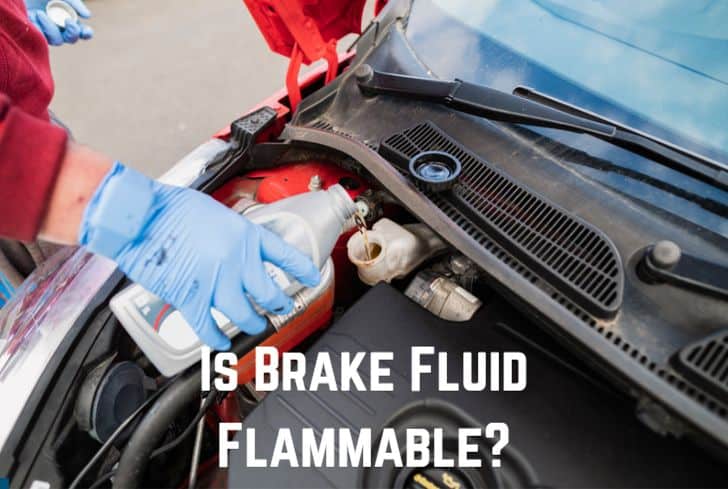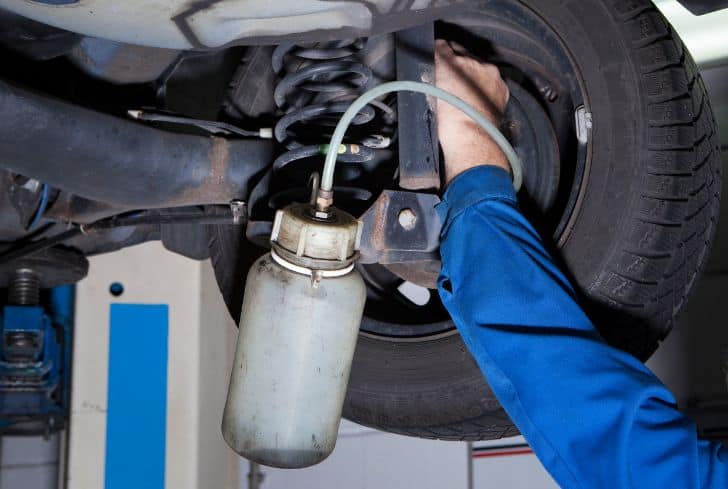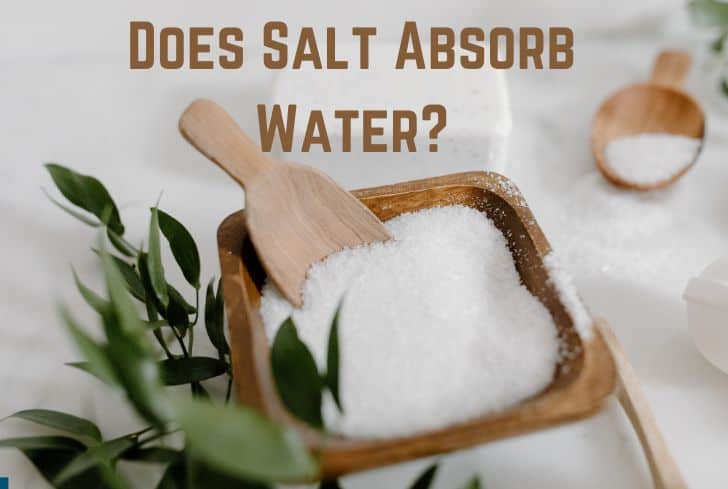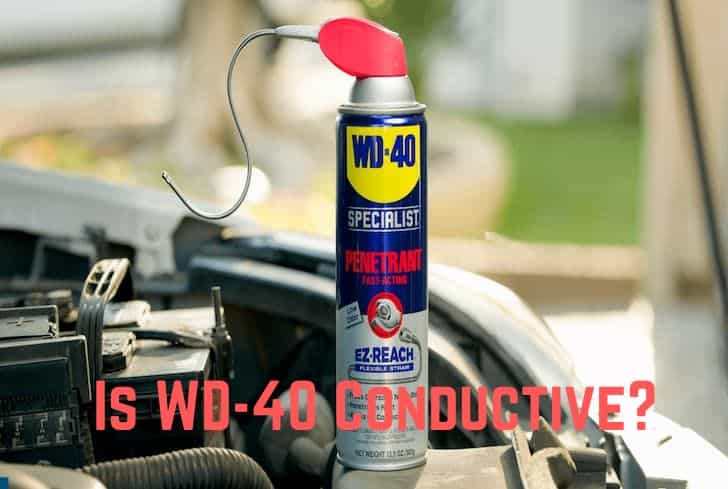Is Brake Fluid Flammable? (And DOT3, DOT4 and DOT5?)

Brake fluid is a kind of hydraulic fluid used in brake and clutch applications of automobiles, motorcycles, and some bicycles. It works by taking the force applied on the brake pedal and converting it into pressure. This pressure is then sent to the front and rear brakes to stop the vehicle.
Have you ever wondered if brake fluid is flammable? In this article, we are going to discuss just that. We will discuss the different types of brake fluids like DOT 3 and DOT 4. Then, we will discuss the interaction of brake fluid with different materials like paint and water. Finally, we will talk about the potential toxicity of brake fluid.
What is Brake Fluid?
Brake fluid is a type of hydraulic fluid used in automobiles, motorcycles, and some bicycles. It works by converting the force on the brake pedal into pressure and applying it to the brakes, thereby stopping the vehicle. Brake fluid is not compressible, which is why it works in a hydraulic braking system.
Most brake fluids used today are glycol-ether based. Mineral oil and silicon-based brake fluids are also available. The way the braking system works is this: when we apply force on the brake pedal, the braking system mechanically or electronically pushes a piston through a master cylinder.
This cylinder feeds the brake fluid into the system and pushes it to the callipers, which in turn push the brake pads and clamp down on the brake rotor. This friction is what causes the vehicle to slow down and stop.
Brake fluid cannot be compressed and can operate under high pressure and temperature when a vehicle is coming to a stop. This is why it works perfectly in the hydraulic braking system. Without the brake fluid, there wouldn’t be any pressure to stop your vehicle, and therefore it is very important to address any leaks of the brake fluid.
Watch this video by Simon Raisbeck to learn how the braking system, including the brake fluid, works to stop the vehicle.
Is Brake Fluid Flammable?
Brake fluid burns slowly but is not volatile as gasoline. The other 3 major variations of gasoline i.e. DOT3, DOT4 and DOT5 burn too but not at as fast a rate as gasoline. Brake fluid is enclosed in a sealed brake system protected from outside heat sources. Brake fluid absorbs heat in brake clippers because of the friction between pads and brake disc.
Brake fluid doesn’t catch fire easily. The only way for the brake fluid to catch fire is to expose it to high heat. This can only happen if some other part of the vehicle catches fire and provides ignition to brake fluid.
Is DOT 3 Brake Fluid Flammable?
Yes, DOT 3 brake fluid is moderately flammable with a flammability rating of 1. DOT 3 brake fluid is flammable because it is a glycol-based fluid. It has a low flash point of 230°F, so it will burn quite easily, much quicker than other variants of brake fluid.
Before discussing why brake fluids are flammable, let us understand their different types and composition. There are mainly three models of brake fluid: DOT 3, DOT 4, and DOT 5. The term DOT refers to the Department of Transportation (of the United States).
DOT 3 and DOT 4 brake fluids are glycol-based. These are flammable and can sustain a fire. Their flammability is not as dangerous or explosive as that of other liquids in a vehicle like gasoline; instead, they burn like vegetable oil, sustaining a small flicker of fire. There are also mineral oil-based brake fluids, which are similarly flammable, burning like wax.
DOT 3 brake fluid is easily flammable as it has a low flashpoint (the temperature at which the liquid gives off vapors that can burn) of 230°F. This is much higher than that of gasoline (around -45°F), but it can still pose a risk.
Are DOT 4 and DOT 5 Brake Fluids Flammable?
Yes, DOT 4 brake fluid is also flammable because it is glycol-based. It has a flashpoint of about 210-375°F (usually around the lower limit). Unlike DOT 4, DOT 5 is silicon-based brake fluid and is not as easily flammable. Some brands even claim to make nonflammable brake fluids although reports indicate otherwise.
DOT 4 brake fluid, like DOT 3, is ethyl-glycol-based and therefore it is flammable. It has a low flashpoint, which is usually around the lower limit of 210-375°F. It can also auto-ignite at temperatures around 540-675°F.
Auto-ignition refers to the lowest temperature at which a substance will spontaneously ignite without an external ignition source (like a spark or flame). So, at around 540-675°F, DOT 4 brake fluid will self-ignite or combust by itself.
Unlike the DOT 3 and DOT 4 variants, DOT 5 is silicon-based brake fluid. Because of this, it has a comparatively higher flash point and is therefore less easily flammable. However, it will also burn when exposed to high temperatures, despite some companies claiming to make nonflammable brake fluids.
Any of the brake fluids, even DOT 3, will not burn in normal conditions. However, in case of an accident, these can catch fire, which can spread to other parts of the vehicle. One also needs to be careful while handling brake fluids, especially around fire sources, as they can easily light up.

Does Brake Fluid Damage Paint?
Yes, most variants of brake fluid are corrosive and toxic. The glycol variety (DOT 3 and DOT 4) will peel off the car paint when it comes into contact. Moreover, it can also eat some of the metal parts of the car. The silicon-based variant (DOT 5), however, does not damage the paint.
Both DOT 3 and DOT 4 variants are glycol-based. DOT 5.1 is another variant; it is glycol-based but has properties similar to silicon-based brake fluids. All three of these, since they are made up of glycol, will damage paint if spilt on your car’s bodywork.
This happens because the brake fluid becomes an aggressive solvent when it comes into contact with the paint, eroding it and possibly exposing the underlying metal of your car. If you accidentally spill brake fluid on your car, immediately bring a towel to soak up the fluid.
Make sure you do not wipe the area, as it can cause the fluid to spread and cause further damage. Clean the area with soap water and a clean cloth or sponge, and then rinse it thoroughly.
DOT 5 brake fluid is silicon-based and it does not affect paint.
Does Brake Fluid Expire?
Yes, brake fluids do expire. Brake fluids absorb moisture, which reduces their performance. This is why it is best to get brake fluid changed every two years, although most drivers miss this maintenance requirement. If don’t do this, you will most likely corrode your braking system faster and bleed the brakes in the process.
Most brake fluid variants are hygroscopic, meaning that it tends to absorb moisture from the air. Even though brake fluids are tested to prevent moisture absorption, in real-world settings, they ultimately do end up absorbing moisture. The moisture can come from many ways like through the packaging process, through the brake fluid lines, etc.
A vehicle with fresh brake fluid gives you great control, allowing you to stop it easily. It’s almost like driving a new car. This is why it is essential to change your brake fluid after every two years.
Does Brake Fluid Absorb Water?
Yes, most variants of brake fluid (like DOT 3 & DOT 4) are hygroscopic, meaning that they tend to absorb moisture from the air. Water is the main enemy of the braking system, and it can come from the braking lines or from the brake fluid reservoir when the vehicle is not used. In humid conditions and climates, this becomes even worse.
After a year of use, brake fluid will absorb about 2% of moisture. This decreases the boiling point of the fluid, which can increase the chances of brake failure. When driving, the braking pads reach extremely high temperatures and this is passed on to the brake fluid.
When the fluid gets too hot, it begins to boil and air bubbles form. Because air is more compressible than brake fluid, the braking mechanism can become weaker. If the brake fluid is repeatedly heated past its boiling point, your brakes might fail altogether in what is known as brake fade.
DOT 5 brake fluid, unlike DOT 3 and DOT 4 variants, is silicone-based. It is hydrophobic, meaning that it repels water instead of absorbing it. This is why its boiling points are much more stable, and it is suited for high-performance vehicles.
Does Brake Fluid Smell?
Yes, brake fluid has an unmistakable, fishy smell. In appearance, it is usually clear or yellow, but can sometimes be brown in colour if it’s too old. It tends to leak near the back of the engine bay, where the brake master cylinder is located. Or it can also leak along the brake lines.
Brake fluid smells almost like fish oil. A brake fluid leak is as dangerous as a gasoline leak, and in such a scenario, it is not safe to drive your car. You will have to get it towed to a garage, where you will most likely need to get the brake cylinders or the brake lines changed.
Is Brake Fluid Toxic?
Yes, brake fluid is toxic. It is corrosive to some metals, and can also peel off the paint of your vehicle’s bodywork. Most brake fluid is glycol-based and consuming it is extremely dangerous. Besides that, brake fluids are also flammable and should always be handled with care.
Brake fluid is toxic and ingesting it can severely harm the body, possibly causing brain death. It is hazardous waste and you should never pour it down the toilet. Instead, you should dispose of it at a waste handling facility.
Moreover, because of its flammability, you should always keep brake fluid away from fire sources.
Conclusion
In this article, we have discussed whether brake fluid is flammable or not. We began by looking at the main types of brake fluids, the glycol-based (DOT 3, 4, 5.1) and the silicone-based variants. We discussed how both variants are flammable, although the glycol-based ones burn more easily. Then we looked at their interaction with paint and water, while also discussing their toxicity.






